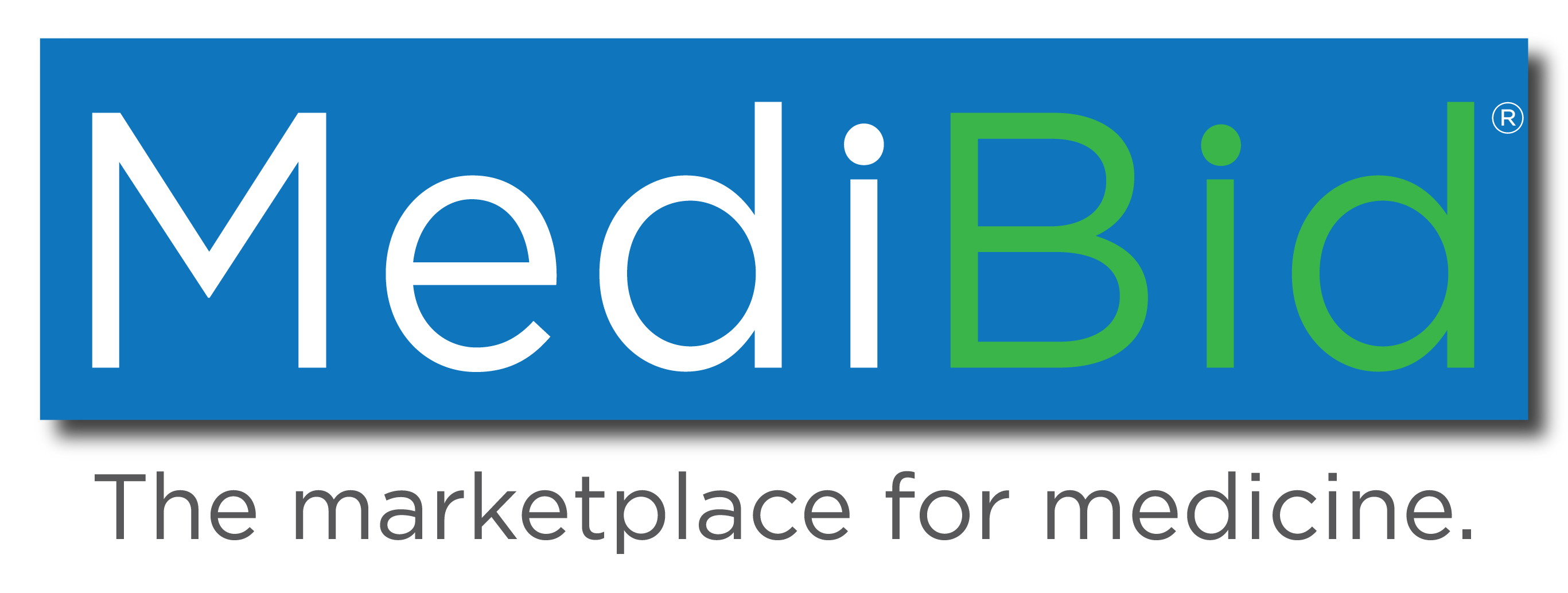
With bundled payment pricing, MediBid simplifies billing
Bundled payment pricing is an emerging alternative payment model in the healthcare industry, and it’s one that MediBid uses to help plan members forecast costs. Bundled pricing is also a compelling model for providers, as it opens up powerful marketing opportunities and a reliable way to generate additional profit.
It’s also growing in popularity, according to a July 2012 estimate by GE Healthcare Camden Group. It determined that about 1/3 of all healthcare reimbursements utilized a bundled payment model.
What are bundled payments?
Bundled payment pricing is an alternative to the traditional fee-for-service model that has long been a source of confusion for patients. Here’s how the two differ:
- Fee-for-service: The patient is billed for each service provided to the patient, and the payer reimburses the surgeon, facility and anesthesiologist separately. Under this model, the provider assumes no risk, as they may add items to the bill after the patient has agreed to receive service. It’s common for patients to receive bills that are many items long, including items that don’t make immediate sense and prices that don’t make sense either. This model also often comes with balance billing for out-of-network providers, greatly increasing the costs.
- Bundled pricing: With a bundled pricing model, the provider does assume some of the risk, but in a way that rewards the provider for managing it. Bundled pricing combines the cost of the facility, the surgeon and the anesthesiologist into a single item that is presented to the patient beforehand. In effect, the provider agrees to a set single price before service is rendered, which means they profit if the cost of service is below the bundled price. Efficient providers can use this approach to generate reliable profits from every episode, as care can be better standardized. Standardized means the medical services provided are consistent regardless of providers used, just like a Big Mac is consistent in every McDonald’s.Patients benefit from bundled pricing because they know what the cost of treatment will be beforehand. Both sides win under a bundled pricing model.
Bundled pricing allows healthcare to function a bit more like a competitive market, but it’s only a small part of what MediBid does, and only a small part of the solution.
How MediBid makes bundled pricing work better
Although bundled pricing can make it easier for patients and employers to understand what they are paying for, that doesn’t mean they are paying less. After all, there’s nothing stopping a patient from calling a surgical facility, a surgeon and an anesthesiologist, getting a price from each and adding it up. That does give the patient a bundled price, but it could be a good deal or a very bad deal.
If patients could easily shop around for providers, they could get a bundled price that’s also a fair, or better, deal. There is no easy way to shop for providers that adhere to a bundled price approach, and that’s a major limitation in terms of cost containment.
MediBid removes this limitation with a competitive auction market that makes use of bundled pricing. MediBid has access to a world of providers competing on price and quality, and most of those providers are looking to attract patients outside of their locality. Now, consider that a world of providers are competing with each other to win patients in this manner, and it’s clear how MediBid constantly attains lower prices for its users.
Here’s what that looks like:
- Patients, termed seekers, submit a request for care – Seekers provide a medical history and answer questions to help the provider better understand the patient’s needs. Seekers may also upload images for the provider’s benefit.
- Providers bid on requests – Providers choose which requests they will bid on, and make an offer that includes a single price. This is a bundled price that combines the facility, the anesthesiologist and the physician, so there are no hidden services or costs (or out-of-network charges). It’s the final price that seekers and their employers should expect to pay.
- Seekers choose a bid – In addition to a single bundled price, each bid includes a profile on the bidding provider. Every profile outlines the provider’s experience, education, quality outcomes, as well as any reviews left by former patients. Armed with this information, seekers can make informed decisions based on cost and quality. The power of MediBid’s competitive market has made it possible for seekers to behave like discerning consumers.
- Patient and provider connect – Once a bid is selected, the seeker and provider are given each other’s contact information. A line of communication can be established immediately, and because both sides know what the procedure will cost, the conversation can focus on health-related matters.
Bundled pricing factors into the picture above, and it’s something that MediBid offers with every patient and provider connection. Without bundled pricing, it would be impossible for MediBid to operate transparently and conveniently, so seekers need not worry if the price they are quoted includes everything. It does.
Part of MediBid’s mission is its role as a market corrector. There are many alternative payment models emerging in healthcare, but they can’t reach their potential in a market that’s impossible for consumers to navigate. Bundled pricing is one of those models, and with MediBid’s thriving online healthcare market, it can be fully realized as a cost containment and transparency tool.




